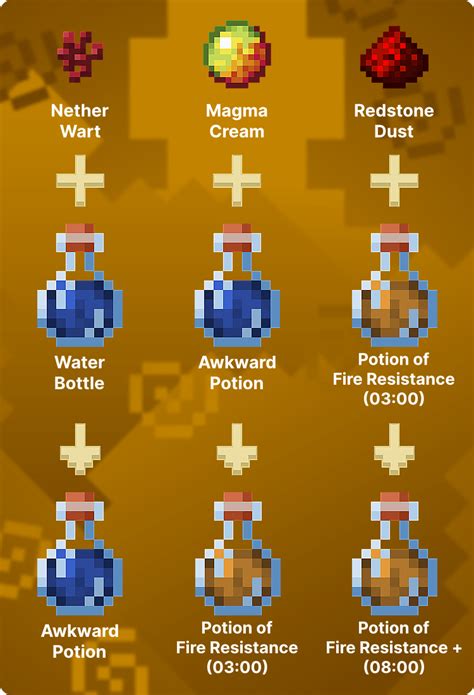Understanding Fire Resistance Ratings
Fire resistance ratings are used to classify materials based on their ability to withstand fire and heat. These ratings are determined through standardized tests conducted by recognized testing laboratories. The most common fire resistance ratings are:
- FR1
- FR2
- FR3
- FR4
- FR5
Each rating corresponds to a specific duration for which the material can resist fire under certain conditions. FR5 is the highest rating, indicating that the material can withstand fire for an extended period.
What Does FR5 Mean?
FR5 is a fire resistance rating that signifies the material can resist fire for up to 5 hours under specific test conditions. To achieve an FR5 rating, the material must undergo rigorous testing as per industry standards.
During the test, the material is exposed to a controlled fire that simulates real-world fire conditions. The material’s performance is evaluated based on several criteria, including:
- Structural integrity
- Flame spread
- Smoke development
- Heat transmission
If the material meets all the requirements and withstands the fire for 5 hours, it is assigned an FR5 rating.
Importance of FR5 in Fire Safety
The use of FR5-rated materials in construction is crucial for ensuring fire safety in buildings. Here are some reasons why:
-
Enhanced Fire Resistance: FR5-rated materials provide an exceptionally high level of fire resistance, helping to contain the fire and prevent its spread to other parts of the building.
-
Increased Evacuation Time: With FR5-rated materials, occupants have more time to evacuate the building safely in case of a fire emergency.
-
Reduced Property Damage: By containing the fire for an extended period, FR5-rated materials minimize property damage and loss.
-
Compliance with Building Codes: Many building codes and regulations require the use of Fire-Resistant materials, and FR5-rated materials help meet these requirements.

Applications of FR5-Rated Materials
FR5-rated materials find applications in various construction elements, such as:
| Construction Element | Example |
|---|---|
| Walls | Fire-resistant gypsum board, concrete |
| Doors | Fire-rated doors with FR5 certification |
| Ceilings | Fire-resistant ceiling tiles, membranes |
| Structural Steel | Fire-resistant coatings, intumescent paint |
These materials are commonly used in high-risk areas, such as:
- High-rise buildings
- Hospitals
- Schools
- Industrial facilities
- Commercial kitchens
Frequently Asked Questions (FAQ)
-
Q: How is FR5 rating different from other fire resistance ratings?
A: FR5 is the highest fire resistance rating, indicating that the material can withstand fire for up to 5 hours under specific test conditions. Other ratings, such as FR1, FR2, FR3, and FR4, correspond to shorter durations of fire resistance. -
Q: Are FR5-rated materials fireproof?
A: No, FR5-rated materials are not fireproof. They are fire-resistant, meaning they can withstand fire for an extended period, but they are not completely immune to fire damage. -
Q: Can FR5-rated materials be used in residential buildings?
A: While FR5-rated materials are more commonly used in commercial and industrial buildings, they can also be used in residential construction, especially in high-risk areas or where local building codes require higher fire resistance ratings. -
Q: How can I identify FR5-rated materials?
A: FR5-rated materials are typically labeled or certified by recognized testing laboratories. Look for the FR5 rating or certification mark on the product or its packaging. -
Q: Do FR5-rated materials require special maintenance?
A: FR5-rated materials generally do not require special maintenance. However, it is essential to follow the manufacturer’s guidelines for cleaning and upkeep to ensure their long-term performance and fire resistance.
Conclusion
FR5 is a critical fire resistance rating that signifies a material’s ability to withstand fire for up to 5 hours under specific test conditions. The use of FR5-rated materials in construction is vital for ensuring fire safety, reducing property damage, and providing occupants with more time to evacuate in case of a fire emergency. By understanding the importance of FR5 and its applications, building owners, managers, and occupants can make informed decisions to enhance fire safety in their properties.

No responses yet